Q
Is Honda City worth buying?
As Honda Fit has a range of appealing features, it is definitely worth considering. In terms of safety, it is equipped with standard safety configurations such as Anti-lock Braking System (ABS), Vehicle Stability Assist, and multiple airbags to ensure driving safety. For instance, many models are equipped with six airbags, which can provide better protection for all passengers in the event of a collision.
In terms of fuel economy, the official combined fuel consumption of the gasoline - powered models is about 5.6 liters per 100 kilometers, while that of the hybrid version is 3.6 liters per 100 kilometers. This helps to save on fuel costs and makes it suitable for daily commuting and long - distance trips.
The seats inside the car are comfortable. Both the driver's and passengers' seats can be manually adjusted. The 60:40 split - folding rear seats allow for flexible adjustment of the cargo and passenger space. The infotainment system with an 8 - inch touchscreen and Sound Plus function provides entertainment and connectivity options. It also features advanced driver - assist systems like Lane Departure Warning and Forward Collision Warning, further enhancing safety.
Regarding the price, the starting price of the model is RM 84,900. Considering its configuration and build quality, it offers great value for money. Overall, the Honda Fit is a practical and reliable choice for those seeking an affordable and well - equipped vehicle.
Special Disclaimer: This content is published by users and does not represent the views or position of PCauto.
Related Q&A
Q
What segment does Honda City belong to?
Honda City belongs to the B-Segment vehicle category. It has a wheelbase of 2,600mm, which meets the standard for B-segment cars with a wheelbase ranging from 2,500mm to 2,700mm. Moreover, Honda City offers a comfortable seating space that can accommodate five passengers. Meanwhile, its safety features are also quite comprehensive, all of which match the characteristics of a B-segment car.
Additionally, in the local market over the past few years, as a non-domestic B-segment sedan with high sales volume, the Honda City has always been the brand's flagship model of Honda. Whether it's for daily city commuting or family trips, it can perform very well. It also fits the characteristics of B-segment cars in terms of market positioning and actual usage scenarios.
Q
What is the residual value of Honda City?
The residual value of the Honda Civic can vary significantly due to multiple factors, including the vehicle's age, mileage, overall condition, and the current state of the local used - car market.
Honda is a well - known and highly reputable brand in Malaysia. Generally speaking, since Honda is renowned for its reliability and relatively low maintenance costs, the Honda Civic has a better chance of retaining its value compared to some less well - known brands.
Newer Honda Civic models (such as the 2023 and 2024 versions) may have a relatively high residual value if they are in excellent condition and have low mileage. For example, if a 2023 Honda Civic 1.5 S was purchased for RM 84,900, after one to two years of moderate use (assuming normal wear and tear, no major accidents, and proper maintenance), according to market conditions, it may retain a large portion of its original value, perhaps 60% - 75% of the purchase price.
Older models, like those from 2018 - 2020, will have a lower residual value. The vehicle's age, potentially higher mileage, and the launch of new - generation models will all reduce their value in the used - car market. However, if these older models are well - maintained, they can still be sold at a reasonable price, possibly around 30% - 50% of their original purchase price.
Market demand also plays a crucial role. If there is high demand for used Honda Civics in Malaysia, the residual value will increase. On the contrary, if there is an oversupply of used cars in the market, the residual value may decrease.
Q
What's the engine displacement of Honda City?
The displacement of the Honda City ranges from 1498cc to 1499cc. It is equipped with a 1.5-liter DOHC i-VTEC in-line four-cylinder naturally aspirated gasoline engine. This configuration can provide the vehicle with a stable power output to meet the needs of daily driving. Take the 2023 Honda City as an example. Multiple vehicle models all use this displacement engine, paired with a CVT continuously variable transmission. The official combined fuel consumption is about 5.6L/100km, combining both power and fuel economy. In addition, there may be differences in engine tuning and configuration details among different model years of the Honda City, but the displacement remains at this level.
Q
What engine is equipped by Honda City?
There are various engines equipped by different models of Honda City. Commonly, it is equipped with a 1.5-liter DOHC i-VTEC inline-four naturally aspirated gasoline engine, which delivers an output power of 121 PS (119 hp/89 kW) and a peak torque of 145 Nm, paired with a CVT. Additionally, for example, the 2023 Honda City 1.5L e:HEV RS is HEV, adopting a naturally aspirated intake system. Its engine has a maximum horsepower of 98 PS, and the electric motor has a maximum horsepower of 108 PS. The engines of different model years and specific variants may vary in power, torque and other aspects. The application of engine technology results in different performances of the vehicles in power output and fuel economy, allowing consumers to make choices according to their needs.
Q
What is the gearbox type of Honda City?
The gearbox types of Honda Civic vary depending on the model and year. Most Honda Civic models are equipped with a continuously variable transmission (CVT). This gearbox achieves smooth gear - shifting through a continuously variable gear ratio. Compared with traditional transmissions, it reduces the sense of jerk and allows the engine to operate at its optimal condition, thereby improving fuel economy and the smoothness of power output.
All 2023 Honda Civic 1.5L gasoline - powered models (S/E/V/RS) are equipped with CVT.
The 2023 Civic 1.5L e:HEV RS hybrid model is equipped with an electronic continuously variable transmission (E - CVT). The motor and the engine work together to optimize acceleration smoothness and energy management efficiency.
Older models such as those from 2018 - 2022 also mainly use CVTs, striking a balance between driving comfort and fuel economy.
The characteristics of the CVT make it an ideal choice for urban commuting, especially for users who value smoothness and fuel savings.
Q
What is the pitch circle diameter of Honda City?
The pitch circle diameter of the Honda City is 4x100, which is the standard specification used for most models of Honda in Malaysia, applicable to the 5th generation (2014 - 2020) and 6th generation (2020 to present) models. This measurement indicates that the four bolt holes of the wheel hub are arranged on a circle with a diameter of 100 mm, making it compatible with popular local models such as the Proton Saga and Perodua Myvi, facilitating wheel hub replacement or upgrades for owners.
It is important to note that, in addition to PCD, other parameters such as the center bore (CB), offset value (ET), and wheel diameter must also be verified during modifications. For example, the factory-fitted tire sizes for the 6th-generation Honda City are 185/55 R16 or 195/55 R16 (depending on the variant). It is recommended to maintain specifications close to the original when replacing wheels to ensure the suspension system and odometer calibration remain unaffected.
To verify wheel hub data for specific model years, refer to the tire pressure label on the door frame or consult authorized dealers.
Q
Does Honda City support Apple Carplay?
Currently, the latest generation (the 6th generation, from 2020 to present) of the Honda City sold in Malaysia comes standard with Apple CarPlay functionality (which requires an iPhone to use). Mobile phone connectivity is achieved through the 7 - inch or 8 - inch touchscreen on the center console (depending on the vehicle model version). This feature supports core applications such as navigation, music playback, and message viewing, and can be operated via Siri voice control.
It's important to note that the entry - level S version is equipped with Bluetooth audio and a USB port but does not have a touchscreen, so it does not support CarPlay. On the other hand, the E, V, and RS versions are fully equipped with the intelligent connectivity system.
If users own an older 5th - generation (2014 - 2020) Honda City, they need to confirm whether it is equipped with the compatible DA intelligent screen system (some later minor facelift models support it). Earlier versions may require a post - sales upgrade of the head unit to expand this functionality.
It is recommended to check the specific configurations through the official Honda Malaysia website before purchasing a car, or directly visit an authorized dealer to experience the actual vehicle functions.
Q
What type of tire is equipped by Honda City?
In Malaysia, the original - equipped tire brands of the Honda City vary depending on different models and configurations. Currently, common tires include Yokohama BluEarth - GT (Yokohama), Bridgestone Turanza T005 (Bridgestone), and Continental UC6 (Continental), etc., specifically depending on the model version and production batch.
Taking the 2023 model as an example, the City RS version usually comes standard with Bridgestone Turanza T005 tires in the size of 195/55 R16, which focus on noise reduction and comfort. On the other hand, mid - and low - end models may use Yokohama or Continental tires.
The selection of original tires mainly consider energy efficiency, durability, and wet - weather performance, which is suitable for Malaysia's rainy climate. It is recommended that car owners try to choose brands with the same specifications and similar performance when replacing tires to ensure driving safety and optimal handling performance. To confirm the tire brand of your vehicle, you can check the markings on the tire sidewall or refer to the user manual.
Q
Is Honda City a good car?
The Honda City is a vehicle with many highlights but also some certain drawbacks. Its advantages are quite obvious. In terms of design, it has absorbed the essence of popular Honda models like the Accord and Civic. The exterior is stylish and can meet the aesthetic needs of young consumers. The appearance of some minor facelift models has been optimized. For example, the design of the bumper has been improved, and the combination of the taillights with the rear spoiler makes it look more sporty.
In addition, it has abundant interior configurations. It has an approporiare screen size and armrest design, which enhance the riding comfort and storage space. Some models will also be equipped with wireless CarPlay and a wireless mobile phone charging panel.
It has excellent fuel economy. For instance, the official combined fuel consumption of the 1.5 - liter naturally aspirated engine version is as low as 5.6L/100km, and the hybrid version is even lower, reaching 3.6L/100km. The safety configuration is also relatively comprehensive, with standard features such as ABS anti - lock brakes, vehicle stability control, and multiple airbags.
However, it also has its disadvantages. Some gasoline - powered models use a front disc and rear drum brake system, which may be slightly inferior in braking performance compared to the front and rear disc brakes. Most of the in - car seats are manually adjustable, lacking features such as electric adjustment, ventilation, and heating, so there is a lack in comfort - related configurations.
Q
What is the width of Honda City?
Currently, the body width of the Honda City (6th generation, from 2020 to present) in Malaysia is 1,748 millimeters. This width is a mainstream size among compact cars in the same class (such as the Toyota Vios and Nissan Almera), ensuring both in - car space comfort and good maneuverability during busy city driving. It should be noted that this data refers to the widest part of the car body, excluding the rear - view mirrors. If the width with the exterior rear - view mirrors unfolded is included, the total width is approximately 1,950 millimeters, which has a certain impact when entering or exiting narrow parking spaces or alleys. If you're considering buying or driving a Honda City, it's advisable to first experience whether its body size suits common parking spaces or road conditions in Malaysia, especially in traffic - congested areas like Kuala Lumpur.
Latest Q&A
Q
How big is Myvi fuel tank?
As one of the most popular national cars in Malaysia, the fuel tank capacity of the Perodua Myvi varies according to different generations and versions. The standard fuel tank capacity of the current third - generation Myvi (from 2017 to present) is 36 liters. It features a lightweight resin fuel tank design, which balances the fuel storage needs and the vehicle's body weight.
The fuel tank size of this B - segment model matches the fuel economy of its 1.3L/1.5L engines. It can provide a cruising range of approximately 450 - 550 kilometers under combined driving conditions, making it suitable for urban commuting and short - distance trips. It's worth noting that the actual available fuel tank capacity might be slightly less than the nominal value. This is because about 5% of the tank space is reserved for fuel expansion as a safety measure.
For owners planning long - distance drives, it is recommended to use the fuel efficiency display function on the Myvi's dashboard to monitor fuel consumption in real - time. Also, it's advisable to develop the habit of refueling when the fuel gauge shows that there is about 1/4 of the fuel left. This can prevent the fuel pump from overheating and also help deal with the situation where gas stations are far apart in some remote areas of Malaysia.
Some comparable models in the same segment, like the Proton Iriz, have a 40 - liter fuel tank. However, the actual cruising range needs to be considered in combination with the engine efficiency. Thanks to Perodua's mature powertrain tuning, the Myvi always maintains a competitive edge in terms of fuel economy.
Q
Does Myvi use CVT?
Yes, the Perodua Myvi does use CVT (Continuously Variable Transmission) technology in some models, especially the newer ones. For instance, the third-generation Myvi, launched in 2017, and its subsequent versions are equipped with D-CVT (Dual Mode Continuously Variable Transmission) to offer a smoother driving experience and better fuel efficiency. CVT technology optimizes engine performance through continuously variable gear ratios. Compared with traditional automatic transmissions, it can adapt to driving conditions more flexibly, thereby enhancing overall driving comfort. However, earlier Myvi models may have used a traditional 4-speed automatic transmission. So, whether a specific model is equipped with a CVT needs to be confirmed based on the model year and configuration. For Malaysian consumers, the advantages of CVT lie in its smoothness and fuel - saving performance during city driving, which is very suitable for the common local traffic conditions. But if you're looking for more direct power feedback, some drivers may prefer the manual transmission version. If you're considering buying a Myvi, it's recommended to check the official specifications or consult a dealer to confirm the transmission type. You can also take a test drive to see if the actual performance of the CVT meets your driving preferences.
Q
What kind of gearbox is Myvi?
The Myvi is equipped with a Dual Mode CVT (D-CVT) transmission, which is a dual-mode continuously variable transmission. Compared with traditional CVT transmissions, it has an additional gear for high-speed driving, which helps the vehicle achieve better fuel efficiency.
In daily driving, this transmission drives the vehicle in CVT mode. Thanks to the operation of the steel belt, the vehicle moves smoothly and linearly, enhancing comfort. What makes the D-CVT special is that it automatically switches to the gear mode when driving at high speeds. Different from CVT transmissions of other brands, when driving at high speeds, the engine speed of vehicles with ordinary CVT transmissions will increase, the engine noise will get louder, and the fuel consumption will rise. Moreover, the power will decline after exceeding the maximum horsepower speed. However, after the gear of the D-CVT engages, the engine speed decreases, allowing the engine to maintain a reasonable speed and providing the vehicle with continuous and abundant power.
Q
Are Myvi and vios the same engine?
Some models of the Myvi and the Vios use the same engine. Daihatsu and Perodua have a joint - venture engine production plant in Negeri Sembilan, Malaysia, which provides power for multiple models including the Vios. Some models of the Vios and the Myvi are equipped with the 1.5L Dual VVT - i engine. This engine features high efficiency, reliability, and economy. Although its power is not extremely strong (the official 0 - 100km/h acceleration time of the Myvi 1.5 is 10.2 seconds), its low fuel consumption and durability are well - loved by consumers. However, these two cars have different positioning and market targets. Even if they share the engine platform, there are differences in vehicle tuning, configuration, and the overall driving experience.
Q
How many cylinders are in the MYVI?
As one of the most popular national cars in Malaysia, the engine configurations of the Perodua Myvi vary according to different years and versions. Currently, the mainstream models are equipped with two types of Dual VVT - i four - cylinder naturally aspirated engines, namely the 1.3L (1NR - VE) and 1.5L (2NR - VE). Therefore, all Myvi models feature a four - cylinder design. This four - cylinder layout ensures smooth power delivery while taking fuel economy into account, making it highly suitable for the urban road conditions in Malaysia.
It's worth mentioning that four - cylinder engines, due to their simple structure and low maintenance costs, are widely used in B - segment models in the local market. For example, the Proton Saga and Honda City also adopt a similar layout. The 1.5L version of the Myvi can output 102 horsepower and 136 Nm of torque. Coupled with its lightweight body design, it can offer a well - balanced performance whether driving on the congested streets of Kuala Lumpur or cruising on the highway.
For readers who want to learn about engine technology, they can note that the Dual VVT - i system used in the Myvi can intelligently adjust the valve timing. This technology shared by Toyota helps to improve fuel efficiency by about 15%. That's why the Myvi has remained one of the most fuel - efficient cars in Malaysia for years.
View MoreRelated News
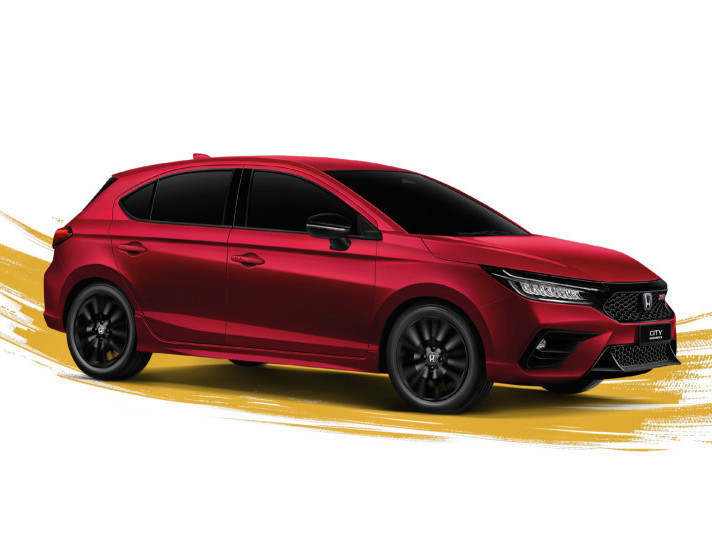
Honda City Hatchback Interior: Surprising Space Inside a Compact Body
WilliamJul 16, 2025
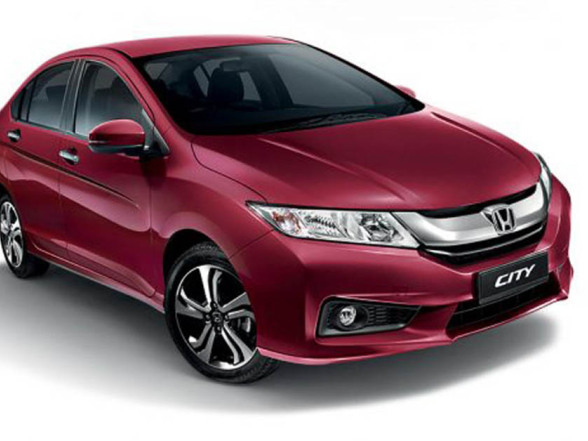
Should You Buy a Used Honda City GM6? – Get Idea Here!
RobertJun 23, 2025
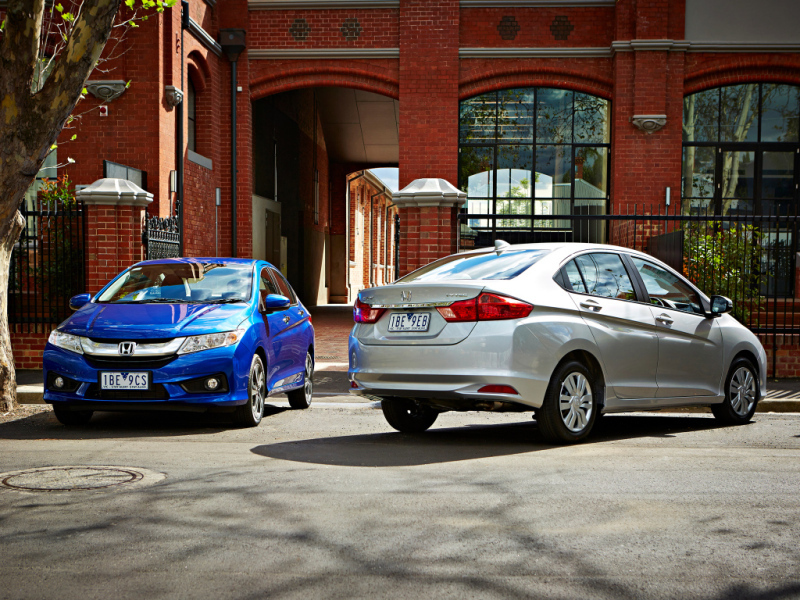
Is it worth buying a used Honda City GM7?
LienMar 7, 2025
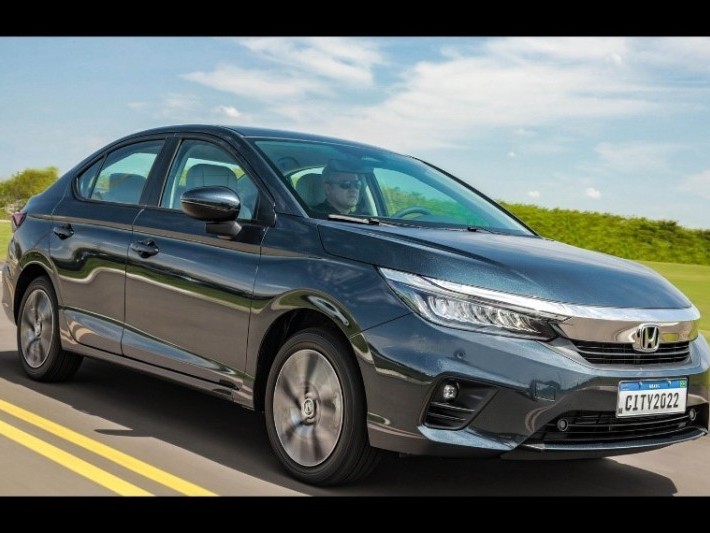
Limited to 99 units! Honda City SE Special Edition goes on sale, accused of clearing inventory?
LienSep 27, 2024
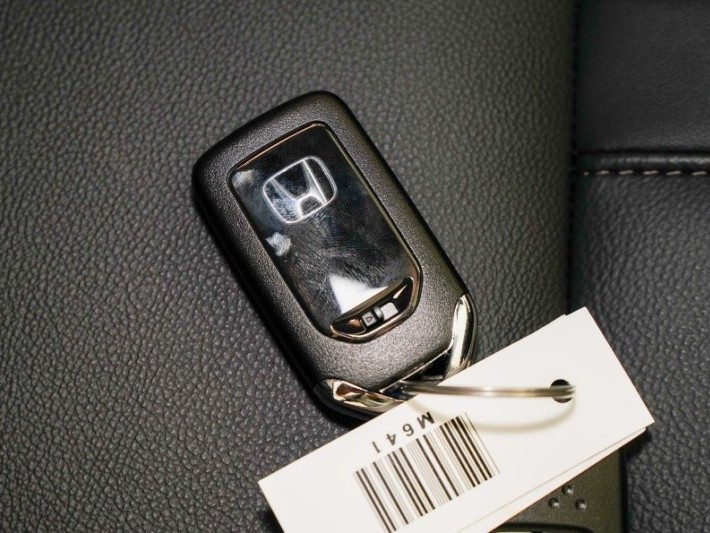
The cost of using Honda City revealed: How much does it actually cost to use for 5 years?
Kevin WongSep 19, 2024
View More












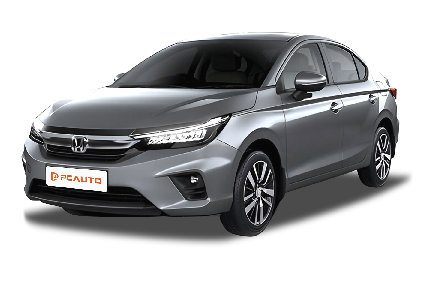
 Cars
Cars




Pros
Cons